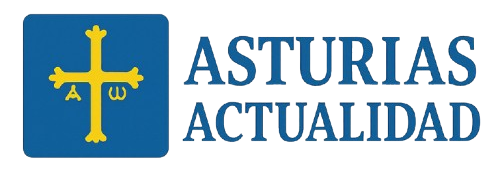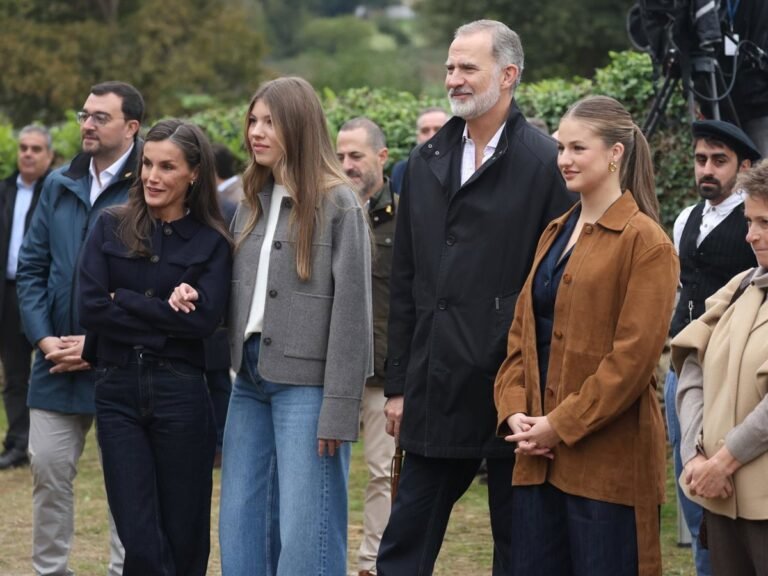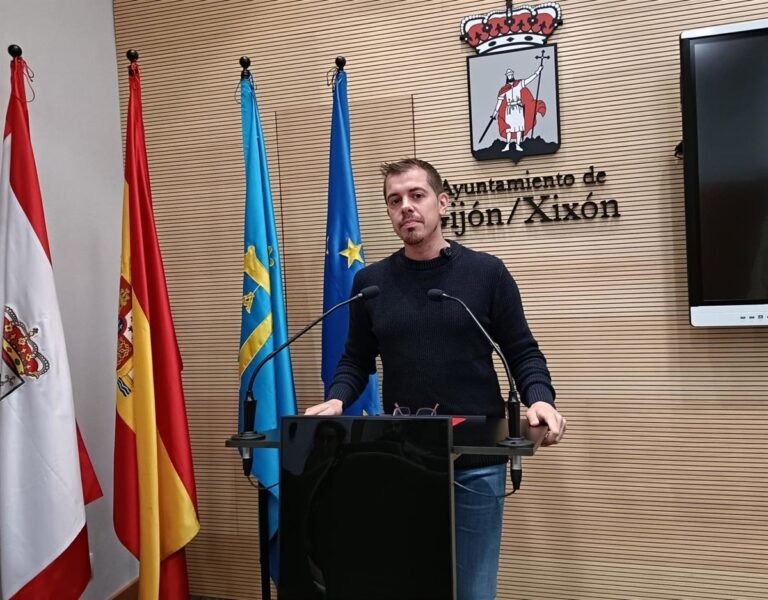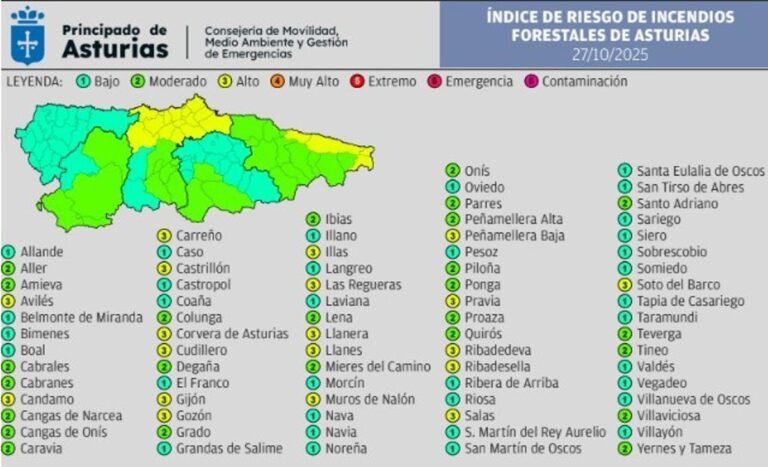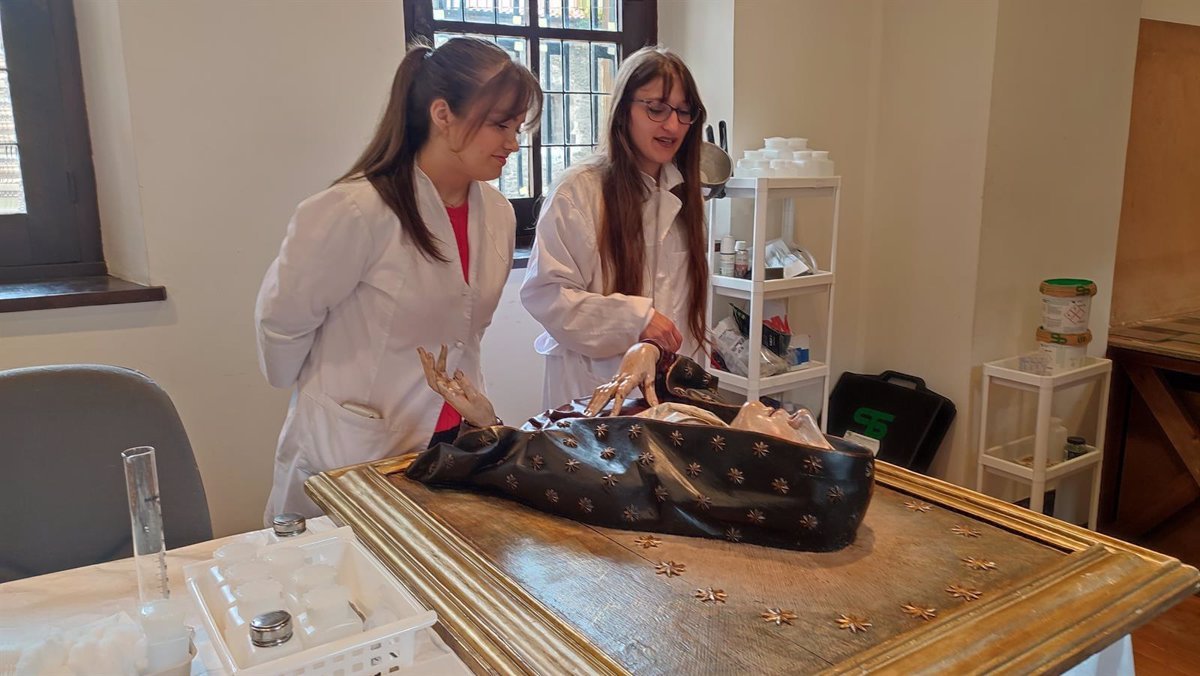
El Museo de la Iglesia de Asturias and the Escuela Superior de Arte of the Principado de Asturias have presented a collaboration agreement this Monday, where both institutions contribute to the training of higher education students in the conservation and restoration of cultural heritage in the Cathedral of Oviedo.
The museum’s director, Otilia Requejo, introduced the collaboration alongside the school’s director, César Menéndez, the Vicar of Culture of the Archdiocese, Jorge Fernández Labrador, the museum’s restorer Paula Sánchez, and the Dean of the Cathedral, Benito Gallego.
The presentation took place within the celebrations of the International Museum Day, which was held on Sunday, May 18th. According to Requejo, the agreement aims to facilitate the integration and training of higher education students and expose them to the practical aspects of working with the pieces at the Museum of the Church.
Under this agreement, which has been in effect for four years and has allowed for the training of 12 individuals, three students started working at the Museum of the Church in February and will continue with extracurricular training until June. These three students are under the guidance of restorer Paula Sánchez and are involved in conservation and restoration work on various pieces at the museum, including sculptures, paintings, and documents. They have also carried out preventive conservation work at the Cathedral.
Restorer Paula Sánchez mentioned that one of their recent projects involved the busts of Antonio Borja ‘Mater Dolorosa’ and ‘Ecce Homo’, where they removed repaints on the frames and cleaned a layer of grease from the ‘Mater Dolorosa’ face, in addition to conducting detailed documentation work on these Baroque-era pieces.
The School of Art director emphasized the significance of such collaborations and expressed a desire to continue in this collaborative direction.
The Vicar of Culture of the Archdiocese highlighted the role of the Church throughout the centuries in art, being «the most creative» since its beginnings in the first half of the 1st century. As an example, he mentioned the chalice used by Pope León XIV in his first mass, crafted by an Asturian goldsmith. He explained, «The Church, with its millennia-long history, is an expert in humanity and is the house of beauty because it is the dwelling place of God, the source of all beauty.»
THE MUSEUM OF THE CHURCH
Otilia Requejo emphasized the value of the pieces housed at the Museum of the Church of Asturias, inaugurated in 1990 and containing over 500 works.
She explained that 30% of these pieces belong to more than a hundred parishes throughout Asturias, and «many of them» return to their original locations for special festivities or liturgies.
In her opinion, this demonstrates that the Church’s museum is a «living museum» because many of the pieces «continue to serve their function in their original parishes.»
